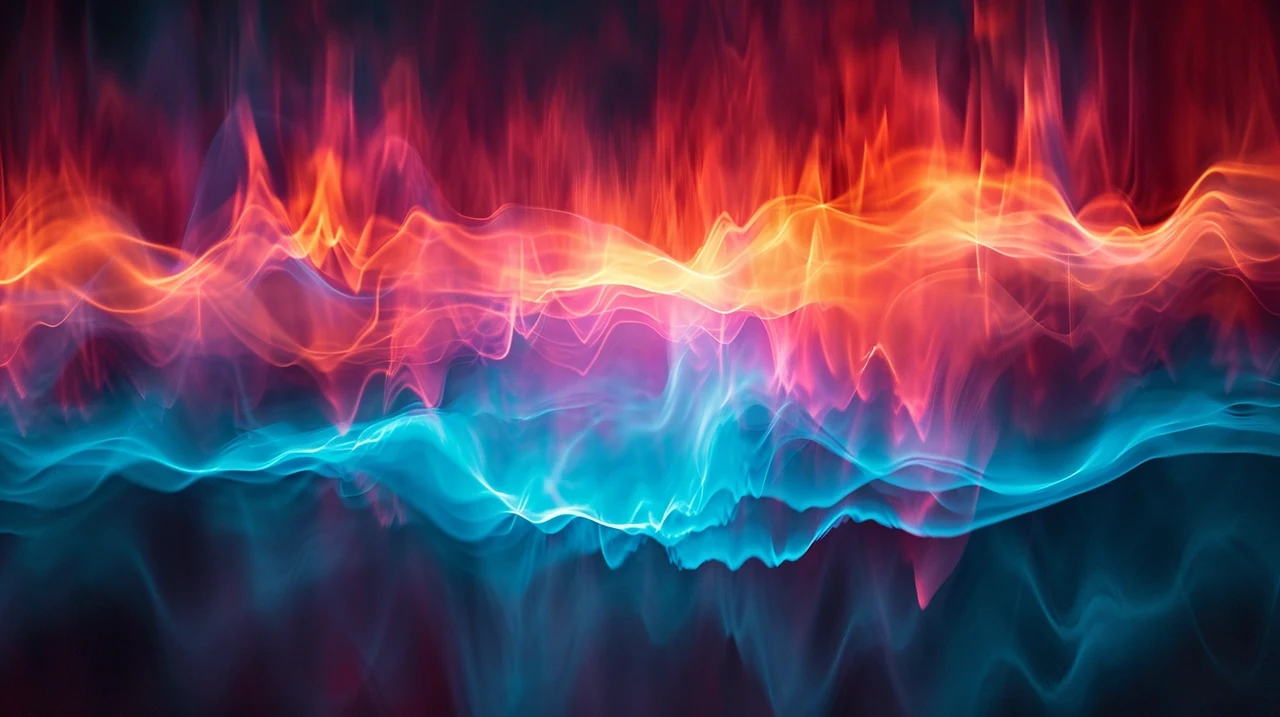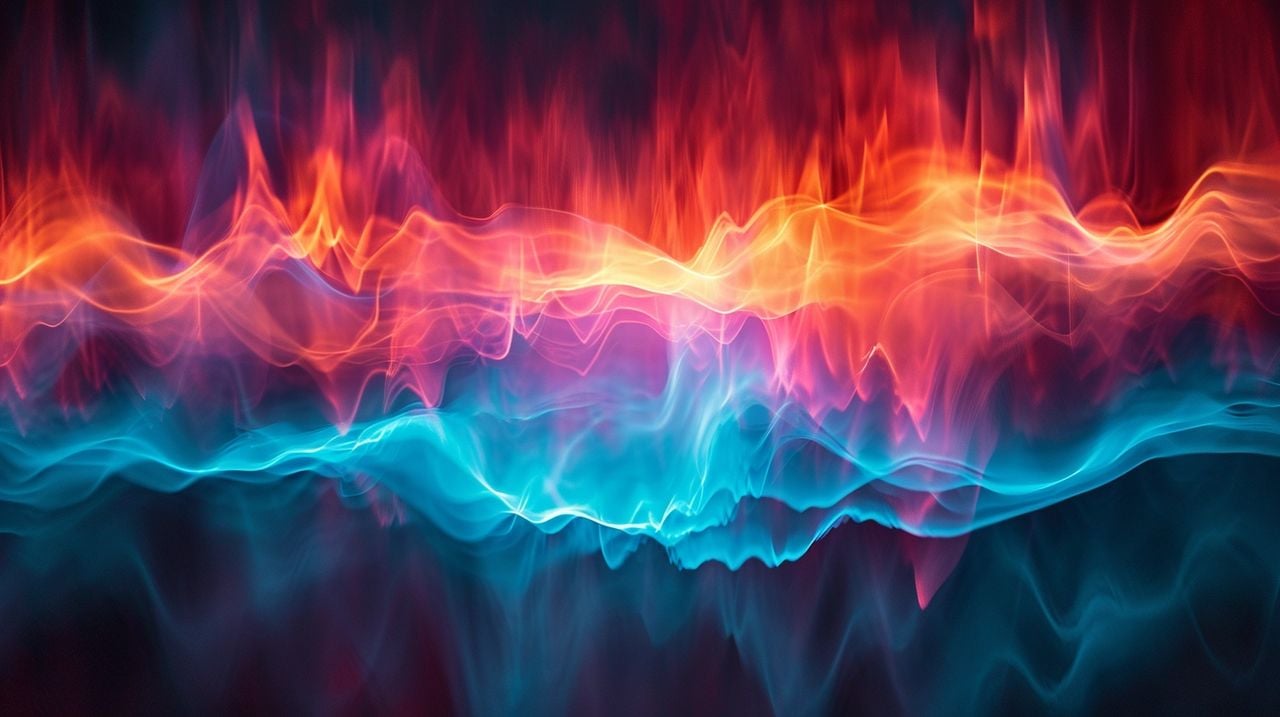
Imagine speaking into a microphone and watching as your words are transformed into images on your screen almost instantly. This isn’t a scene from a science fiction movie; it’s a reality made possible by an application demonstration created by All About AI that combines the power of artificial intelligence with the art of visual representation. This innovative tool is reshaping our interaction with technology by allowing us to convert spoken language into pictures in real time. Not only can you ask it to create individual images but you can also run audio into the script for it to create multiple images depending on what is said.
At the heart of this application is a complex process that begins with the sound of your voice. When you speak, your words are captured by a microphone and then swiftly and accurately interpreted by an advanced speech recognition system known as Faster Whisper. Once your speech is converted into text, the baton is passed to a sophisticated image generation model from CIT AI’s suite, aptly named Stable Fusion. This model takes the recognized speech and crafts it into visual art.
The application’s user interface is designed to be smooth and engaging, thanks to a Python extension that powers it. As you speak, you can witness the transformation from audio to visual in real time. A Flask app is employed to display the generated images dynamically, adding to the immediacy of the experience.
Real-time AI speech-to -image
Customization is a key aspect of this speech-to-image AI tool. The Python code behind the application is tailored to allow users to modify the image generation process. Whether you want to change the style, adjust the color palette, or fine-tune the details of the image, the application gives you the control to personalize your visual output.
Here are some other articles you may find of interest on the subject of automations using artificial intelligence (AI) :
The versatility of this application is impressive. It has been tested with various types of audio inputs, proving its capability to handle a wide range of spoken content. From the clear enunciation found in podcasts to the whimsical narratives of bedtime stories, and even the complex layers of music videos, this tool adeptly converts different audio experiences into visual stories.
As the technology continues to evolve, users can anticipate more advanced image generation capabilities, increased customization options, and smoother integration with other digital platforms. Speech-to-image applications are systems that convert spoken language into visual representations, typically images or sequences of images. This process involves several key steps and technologies.
How does speech-to-image AI work?
First, speech recognition is employed to convert spoken words into text. This involves complex algorithms that handle variations in speech, such as accents, intonation, and background noise. The accuracy of this step is crucial, as it forms the basis for the subsequent image generation.
Once the speech is transcribed, natural language processing (NLP) techniques interpret the text. This involves understanding the context, semantics, and intent behind the spoken words. For instance, if someone describes a “sunny beach with palm trees,” the system needs to recognize this as a description of a scene.
The next step is the actual image generation. Here, the interpreted text is used to create visual content. This is typically achieved through advanced machine learning models, particularly generative models like Generative Adversarial Networks (GANs) or Variational Autoencoders (VAEs). These models are trained on large datasets of images and their descriptions to learn how to generate accurate and realistic images from textual descriptions.
An example of a practical application of speech-to-image technology is in aiding creative processes, like in graphic design or filmmaking, where a designer or director can describe a scene and have a preliminary visual representation generated automatically. Another application is in assistive technologies, where speech-to-image systems can help individuals with disabilities by converting their spoken words into visual forms of communication.
The technology, while promising, faces challenges. Ensuring the accuracy of the generated images, particularly in capturing the nuances of the described scenes, is a significant hurdle. Additionally, ethical considerations arise, especially concerning the potential misuse of the technology for creating misleading or harmful content.
This breakthrough in real-time AI speech-to-image technology represents a significant step forward in the field of artificial intelligence. It creates a bridge between verbal communication and visual creativity, offering a glimpse into a future where our spoken words can be instantly visualized. This enriches our ability to express and interpret ideas, opening up new possibilities for how we communicate and interact with the world around us.
Filed Under: Guides, Top News
Latest timeswonderful Deals
Disclosure: Some of our articles include affiliate links. If you buy something through one of these links, timeswonderful may earn an affiliate commission. Learn about our Disclosure Policy.

